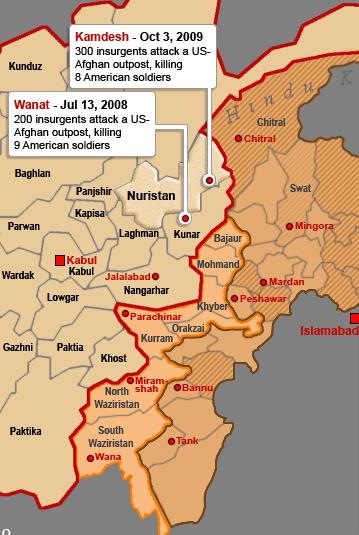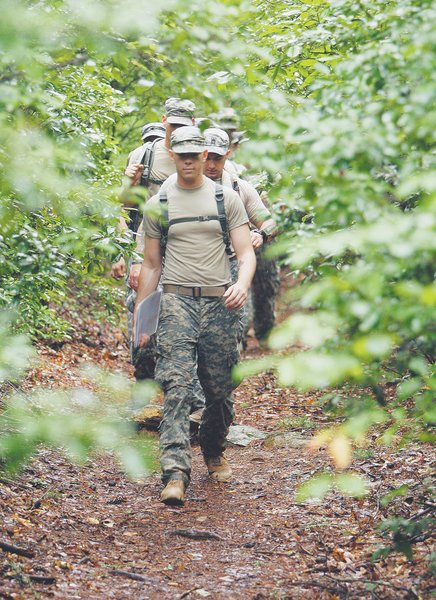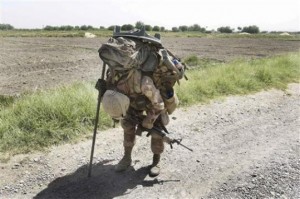Posse Comitatus Hypocrisy
BY Herschel SmithIf this report is correct, the U.S. Army is preparing to do illegal things:
It’s not just the Department of Homeland Security that is gearing up for the prospect of civil unrest in America. The U.S. Army also recently purchased a stock of riot gear including batons, face masks and body shields.
As we reported last week, the DHS has put out an urgent solicitation for hundreds of items of “riot gear,” in preparation for expected unrest at the upcoming Republican National Convention, Democratic National Convention and next year’s presidential inauguration.
In a previous solicitation, the U.S. Army also put out a contract for riot gear to be delivered to the United States Military Academy at West Point in New York.
The contract, which was eventually awarded to A2Z Supply Corp, included requests to supply riot shields, face shields, batons and body protection.
Fears that the U.S. military would be used to quell domestic unrest in violation of Posse Comitatus have raged over recent years.
A recently leaked US Army Military Police training manual for “Civil Disturbance Operations” outlines how military assets are to be used domestically to quell riots, confiscate firearms and even kill Americans on U.S. soil during mass civil unrest.
On page 20 of the manual, rules regarding the use of “deadly force” in confronting “dissidents” are made disturbingly clear with the directive that a, “Warning shot will not be fired.”
The manual includes lists of weapons to be used against “rioters” or “demonstrators,” including “antiriot grenades.” It also advises troops to carry their guns in the “safe port arms” stance, a psychological tactic aimed at “making a show of force before rioters.” Non-lethal weapons and water cannons are also included.
Preparations for using troops to deal with mass civil unrest on U.S. soil have been in the works for years.
Back in 2008, U.S. troops returning from Iraq were earmarked for “homeland patrols” with one of their roles including helping with “civil unrest and crowd control”.
In December 2008, the Washington Post reported on plans to station 20,000 more U.S. troops inside America for purposes of “domestic security” from September 2011 onwards, an expansion of Northcom’s militarization of the country in preparation for potential civil unrest following a total economic collapse or a mass terror attack.
Again, if this report is true, these things are illegal for the U.S. military. They simply cannot do them. But that isn’t really my focus here. Take note of the hypocrisy.
While illegal, preparations are being made for such activities. The U.S. Senate, the U.S. House of Representatives, the U.S. Department of Homeland Security and the U.S. Border Patrols refuses to countenance any role for U.S. troops on the border except for filling out paperwork and doing mundane chores. They aren’t under arming orders because of Posse Comitatus.
Actually, arming orders to secure the border against foreign invaders isn’t a violation of Posse Comitatus, but the activities described in the article above clearly are. In the case of the U.S. border, it’s too important to garner new voters after they cross the border, supply U.S. farms and corporations with ostensibly cheap labor (the cost of insurance, medical bills, food stamps, welfare and so on are borne on the back of the U.S. taxpayers), enable transcontinental traffic and trade, and provide work for Mexican truckers than it is to secure the border.
Therefore, Posse Comitatus must be invoked in order to prevent true border security. It has nothing to do with Posse Comitatus. It has everything to do with the application and the desires of the ruling elite. Again, note the hypocrisy. This is American leadership in action.







